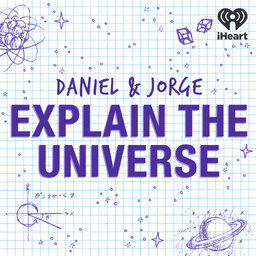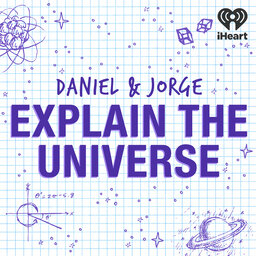What happened in the dark ages of the Universe?
Before the stars and galaxies formed, the Universe was dark and foggy for hundreds of millions of years!
Learn more about your ad-choices at https://www.iheartpodcastnetwork.com
See omnystudio.com/listener for privacy information.
 Daniel and Jorge Explain the Universe
Daniel and Jorge Explain the Universe


